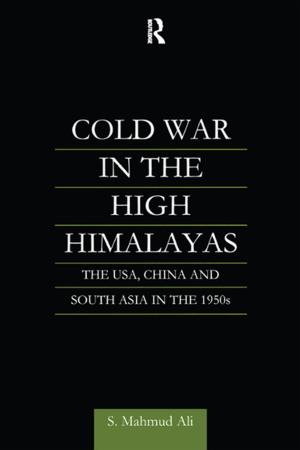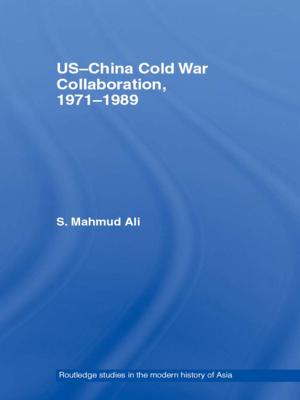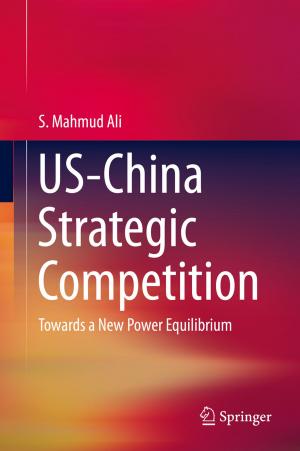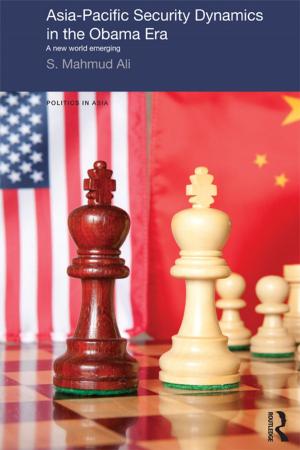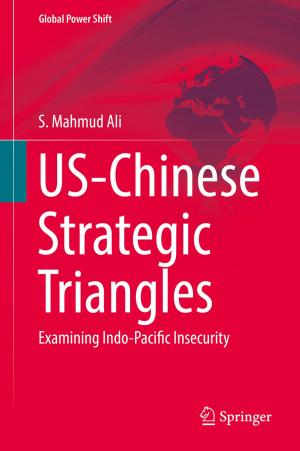S Mahmud Ali: 5 books
Cold War in the High Himalayas
The USA, China and South Asia in the 1950s
Language: English
Release Date: May 23, 2019
This text examines elite-insecurity perceptions in India, Pakistan and the USA in the 1950s. The book highlights the consequent linkages in alliance-building efforts and the subsequent triangular covert collaboration against Communist China, especially along Tibet's Himalayan frontiers. This secret...
US-China Cold War Collaboration
1971-1989
Language: English
Release Date: April 11, 2007
After more than four decades the Cold War ended with the sudden collapse of the Soviet Union. Almost simultaneously China emerged as the new potential disruptor of international stability, with Beijing replacing Moscow as the key source of Western insecurity.
Drawing upon extensive primary...
US-China Strategic Competition
Towards a New Power Equilibrium
Language: English
Release Date: May 14, 2015
This book examines the nature and consequences of strategic competition between the US and China, which affects the global security landscape and the emerging security architecture across the broader Asia-Pacific region. The author illustrates the evolution of Sino-US security interactions from the...
Asia-Pacific Security Dynamics in the Obama Era
A New World Emerging
Language: English
Release Date: August 6, 2012
This book examines the critical changes to the Asia-Pacific security architecture emerging in the context of shifts in the global order as the Obama Administration’s major strategic innovation and likely legacy unfold. The author reviews the state of the international security system during the...
US-Chinese Strategic Triangles
Examining Indo-Pacific Insecurity
Language: English
Release Date: June 7, 2017
This book reveals the nature of Sino-US strategic competition by examining the influence exerted by major secondary stakeholders, e.g. Japan, Russia, India, the Koreas, and ASEAN, on the two powers, USA and its rival China, who consider each other as a source of greatest challenges to their respective...
